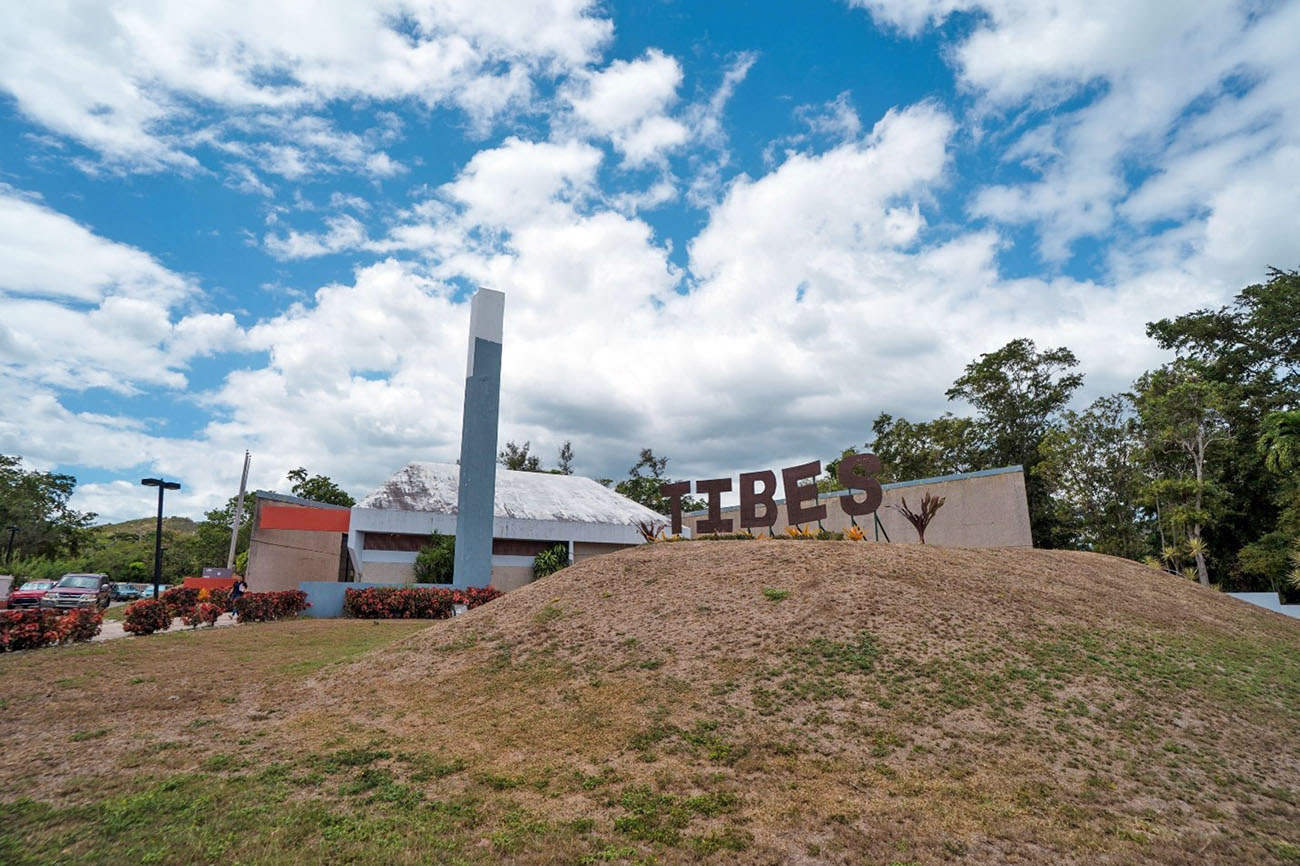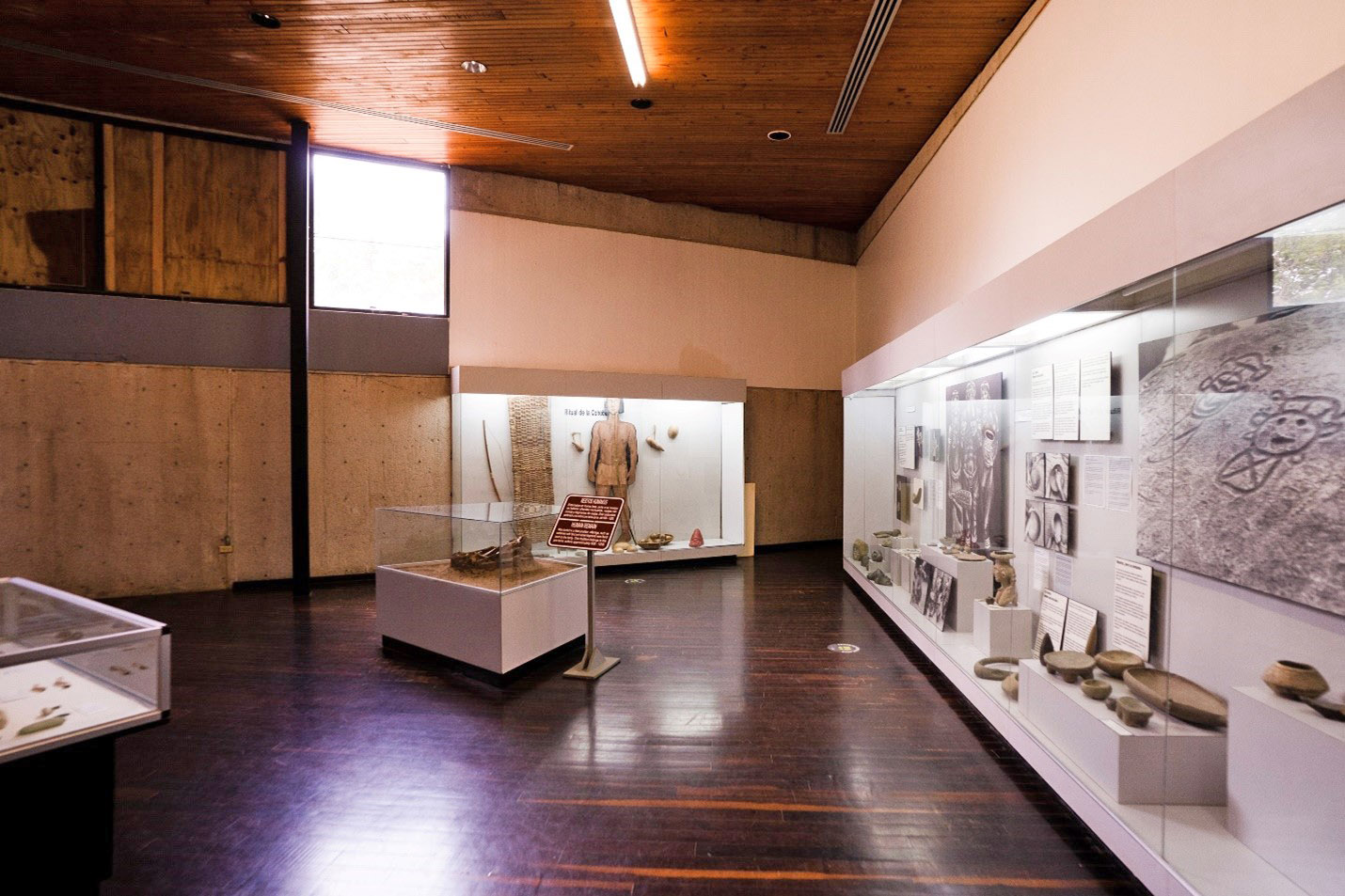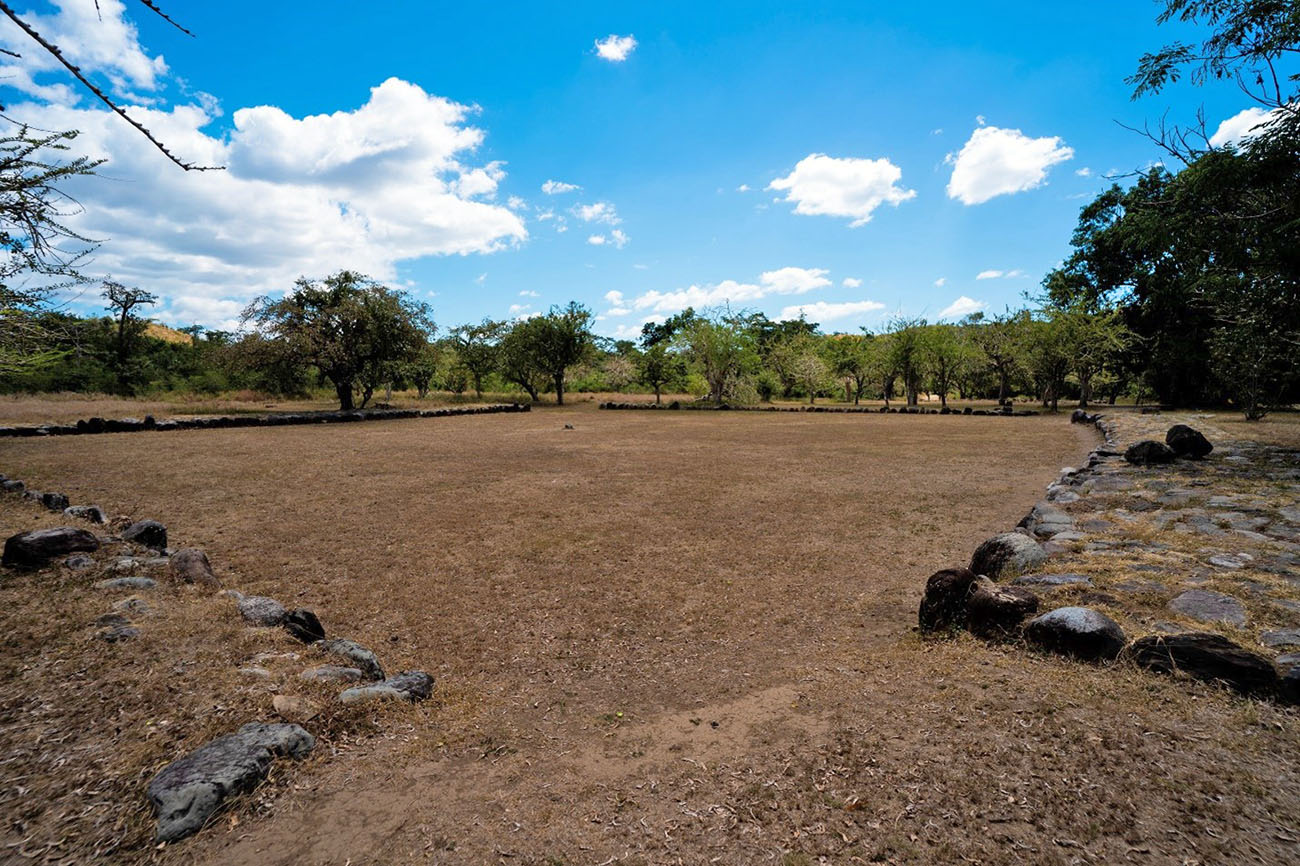Guaynabo, PUERTO RICO — The facilities that house the Tibes Indigenous Ceremonial Center in Ponce, the Caguana Ceremonial Indigenous Center in Utuado and the Ceremonial Park Cueva del Indio in Las Piedras, three areas of great archaeological and historical value in Puerto Rico, received an obligation of nearly $1.6 million from the Federal Emergency Management (FEMA) to repair damage caused by Hurricane María.
“These federal funds will serve to restore the grounds of these three indigenous parks, which have an incalculable educational and cultural value to see first-hand a part of our history and our Taíno ancestry. These sites are also a way to promote tourism, as they receive thousands of visitors each year, both local and international, as well as students from our schools,” said Federal Disaster Recovery Coordinator José G. Baquero.
At the iconic Tibes Indigenous Ceremonial Center, located in a 31-acre area in Ponce, repairs include the exterior area of the museum, the building that houses exhibits and the parking lot, among others. At the center you can also find administrative offices, representations of circular bohíos or huts, bateyes (sacred spaces in Taíno culture) and plazas.
The Tibes center, open to the public since 1982, is considered by many archaeologists to be the oldest indigenous West Indian ceremonial complex and astronomical observatory in the Caribbean, as well as the largest indigenous cemetery in Puerto Rico. The center, which received about 20,000 visitors last year, will be repaired with an obligation of nearly $100,000.
Some of the works to be completed here are the removal and relocation of 19 stones in several bateyes and the replacement of some bohíos, among other repairs. According to the center's administrator, Irma Zayas Alvarado, the architectural and engineering studies have been completed and the project will now move to the design phase. On the current state of the center's indigenous pieces, she said that the entire collection is safeguarded in the laboratory for future studies.
Zayas Alvarado mentioned that for 27 years, specialists in archeology and anthropology have conducted research and several studies at the center, like those by Dr. Luis Antonio Curet, Archeologist and Curator of the Smithsonian Institute with a team of professionals.
According to Curet, Tibes is a place with a history of great cultural value, where changes in ideology over hundreds of years are reflected in its pottery and petroglyphs. On this point, he mentioned that the preservation of the ancient ceremonial space “is very important to understand the ancestral history of Puerto Rico”.
Likewise, over $1.4 million was obligated to the Institute of Puerto Rican Culture for the Caguana Ceremonial Indigenous Center in Utuado, to replace lighting and repair the representation of bohíos and other buildings located in the site, such as the museum, an auditorium and the administrative offices. Some of these repairs include fixing roofs, the electrical system, ceiling fans, two septic tanks, gutters and drainage system and benches, among others.
It is said that this center, considered one of the most important pre-Columbian archeological sites in the Caribbean, was built by the Taínos more than 800 years ago. It has cobblestone walkways that border some 10 bateyes and stone monoliths, many of which are decorated with petroglyphs. Because of its great archeological value, the National Park Service included it in the National Register of Historic Places in 1992 and named it a national historic landmark in 1993. It is also included in the UNESCO Astronomy World Heritage List.
Meanwhile, another obligation of over $72,000 will help repair the recreational facilities at the Ceremonial Park Cueva del Indio in Las Piedras, where repairs include replacing doors, waterproofing the roof and the wooden framework of the gazebos. This ceremonial park, which has three bateyes and a group of stones that forma cave with petroglyphs, was discovered in 1982 and has been on the National Register of Historic Places since 2003.
According to the Executive Director of the Central Office of Recovery, Reconstruction and Resiliency (COR3), Manuel A. Laboy Rivera, COR3 remains committed to the reconstruction and preservation of our cultural and historical heritage. “The Institute of Puerto Rican Culture has the availability to request an initial advance of 25 percent of the total obligation through the Working Capital Advance (WCA) pilot program to begin these projects. Our team will continue to assist them in the necessary processes to get the permanent works underway that will give resilience to these facilities frequently visited by Puerto Ricans and foreigners,” said Laboy Rivera.
To date, FEMA has obligated over $29 billion under its Public Assistance program to help Puerto Rico recover from Hurricane María.
For more information on Puerto Rico’s recovery from Hurricane María, visit fema.gov/disaster/4339 and recovery.pr. Follow us on our social media at Facebook.com/FEMAPuertoRico, Facebook.com/COR3pr and Twitter @COR3pr.

PONCE, PR (February 24, 2023) – At the iconic Tibes Indigenous Ceremonial Center, located in a 31-acre area in Ponce, repairs include the exterior area of the museum, the building that houses exhibits and the parking lot, among others. At the center you can also find administrative offices, representations of circular bohíos or huts, bateyes (sacred spaces in Taíno culture) and plazas. Photo FEMA/ Eduardo Martínez

PONCE, PR (February 24, 2023) – The Tibes center, open to the public since 1982, is considered by many archaeologists to be the oldest indigenous West Indian ceremonial complex and astronomical observatory in the Caribbean, as well as the largest indigenous cemetery in Puerto Rico. Photo FEMA/ Eduardo Martínez

PONCE, PR (February 24, 2023) – Some of the works to be completed here are the removal and relocation of 19 stones in several bateyes and the replacement of some bohíos, among other repairs. Photo FEMA/ Eduardo Martínez


